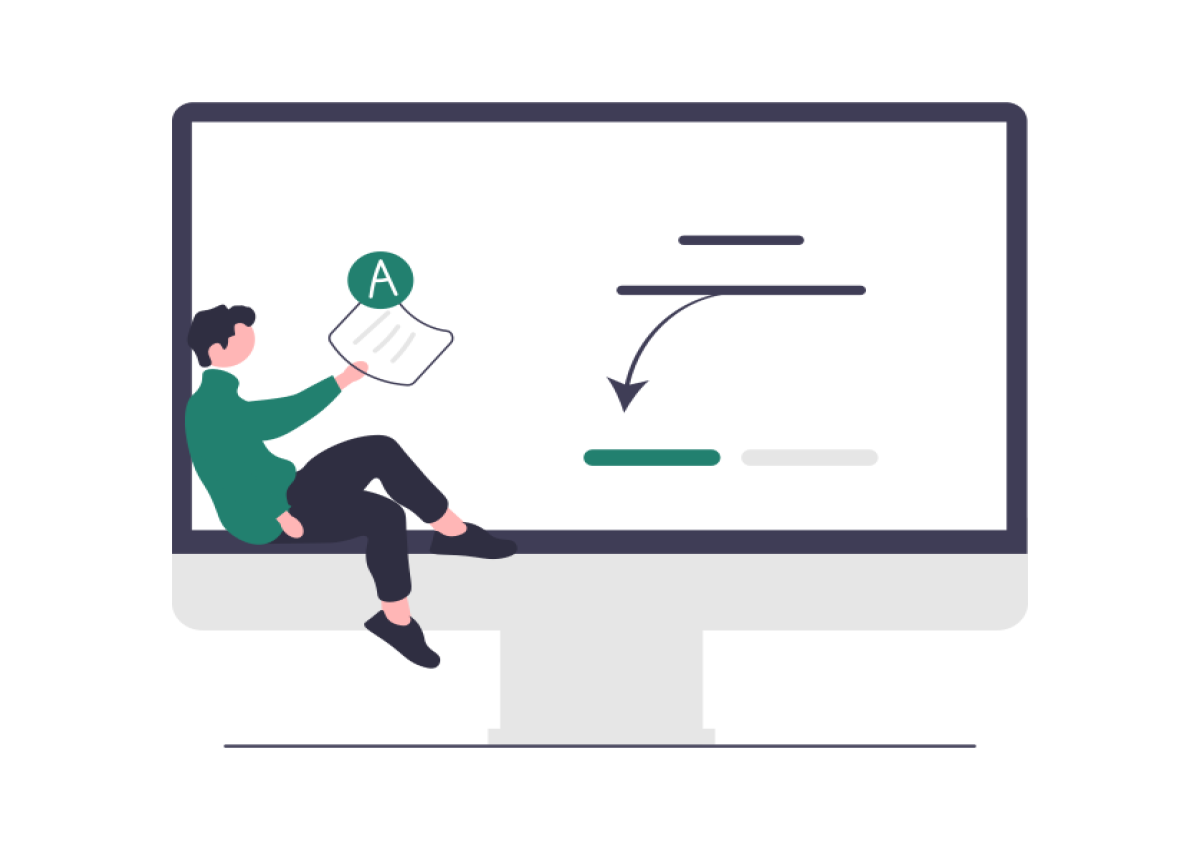10 TIPS to Choose the Best Technology Stack Used in Website Development
In the fast-paced world of software development, the choice of the right technology stack is crucial. It lays the groundwork for the project and can significantly influence its success. However, making this choice is not always easy given the vast array of technologies, languages, and frameworks available. A technology stack should be picked according to the specific needs and constraints of a project rather than following trends or personal preferences. The following are ten important considerations to keep in mind when choosing a technology stack, along with examples.
Project Requirements:
Different projects have different requirements. An e-commerce platform might require a different tech stack than a social media app.
Scalability:
If you anticipate your user base or data to grow rapidly, you should consider a tech stack that allows for easy scaling. For example, a stack with Node.js and MongoDB could be a good choice for scalability.
Performance:
If your project is expected to handle high traffic or perform intensive computations, the performance of your tech stack is crucial. For instance, Java could be a good choice for high-performance applications.
Availability of Developers:
Depending on the location and budget, the availability of developers proficient in certain technologies might be a determining factor. For example, PHP developers are widely available and typically more affordable compared to Ruby developers.
Community Support and Resources:
Technologies with strong community support and abundant resources are easier to work with. Python, for instance, has a huge community and numerous libraries and frameworks, which makes problem-solving faster.
Long-Term Perspective:
You should also consider the long-term viability of the tech stack. Technologies that are well-established and have good community support are likely to be around for a longer time.
Integration Capabilities:
Your tech stack should play well with other technologies. For example, if you're developing a mobile app that needs to integrate with various third-party services, you might choose a stack that includes technologies known for their excellent integration capabilities.
Costs:
The cost of development, maintenance, hosting, and other services can greatly vary depending on the tech stack. For example, using open-source technologies can significantly reduce costs.
Development Speed:
Certain technologies enable faster development due to their simplicity, pre-built functions, and libraries. Ruby on Rails, for example, is known for its convention over configuration principle, which speeds up development.
Security:
If your application deals with sensitive data, security should be a top consideration. Some technologies have built-in features for dealing with various security threats. For instance, frameworks like Django come with built-in protection against common attacks.
Conclusion
In conclusion, choosing the right technology stack is a critical step in the software development process. It requires a careful analysis of various factors like the project requirements, scalability, performance, availability of developers, community support, long-term perspective, integration capabilities, costs, development speed, and security. The chosen tech stack should align with the specific needs and goals of your project. There's no one-size-fits-all tech stack, but with thorough research and consideration, you can select a combination of technologies that will best serve your project and lay the groundwork for a successful software product.

